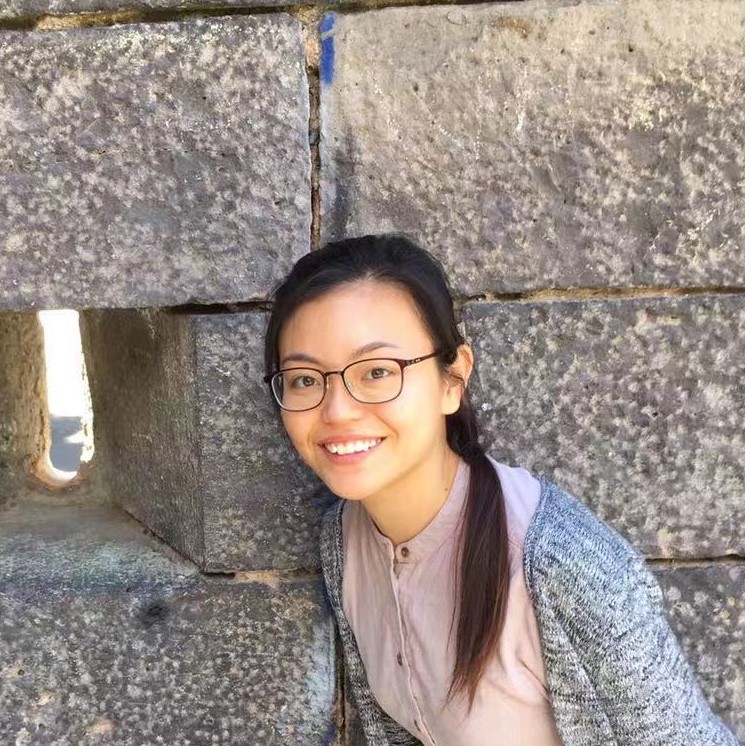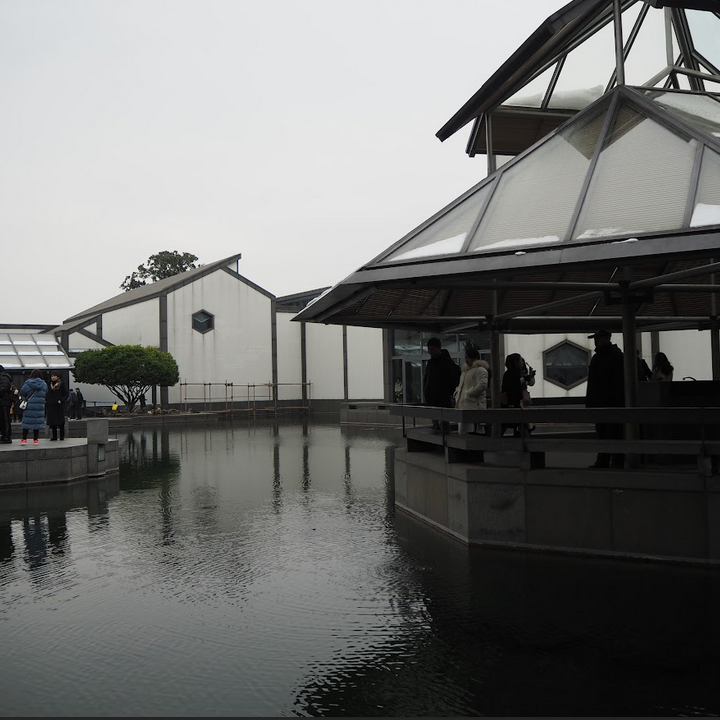IM Pei’s “Little Daughter”


Located in the historic city of Suzhou, nine out of the many gardens are inscribed as ‘Classical Gardens of Suzhou’ under the Unesco World Heritage List.
These gardens encapsulate aesthetic conceptions of Chinese intellectuals, curating the urban space to resemble nature.
The city’s municipal museum, Suzhou Museum, is similarly inspired by the many Classical Gardens of Suzhou.
In fact, its designer, IM Pei, who also architect of The Louvre, stayed in one of the gardens, “the Lion Grove Garden” during his young days.
He played amongst the cave features, stone bridges, pools and waterfalls with his cousins during his childhood, which have gone on to inspire the design of the museum.
While the museum is built out of modern geometric designs, it adheres to principles of traditional architecture – having the building built around a body of water and courtyard.
As visitors walk through the museum, the shifting lights and shadows continually frame different features of the courtyard, offering the experience of walking through traditional brush paintings.
While classical gardens were private premises of the privileged in the past, now, any person can visit this museum and admire the beauty of both modern and traditional architecture in this public space.
IM Pei has affectionately called Suzhou Museum his ‘little daughter’, a project close to his heart, and the last of his commissioned architectural legacies.
Source:
Unesco World Heritage Centre (1997). Classical Gardens of Suzhou. Classical Gardens of Suzhou - UNESCO World Heritage Centre. https://whc.unesco.org/en/list/813/
Zhang, G. (2018, May 11). AD Classics: Suzhou Museum / I.M. Pei + Pei Partnership Architects. ArchDaily. https://www.archdaily.com/894202/ad-classics-suzhou-museum-im-pei-plus-pei-partnership-architects
photo
